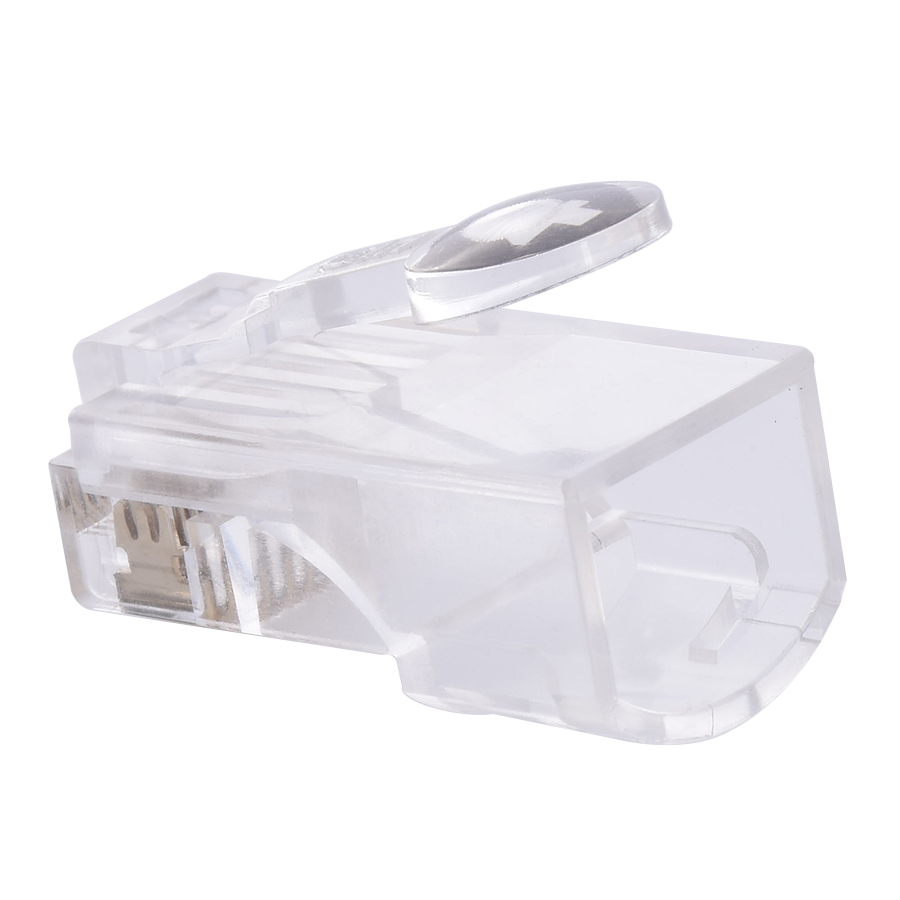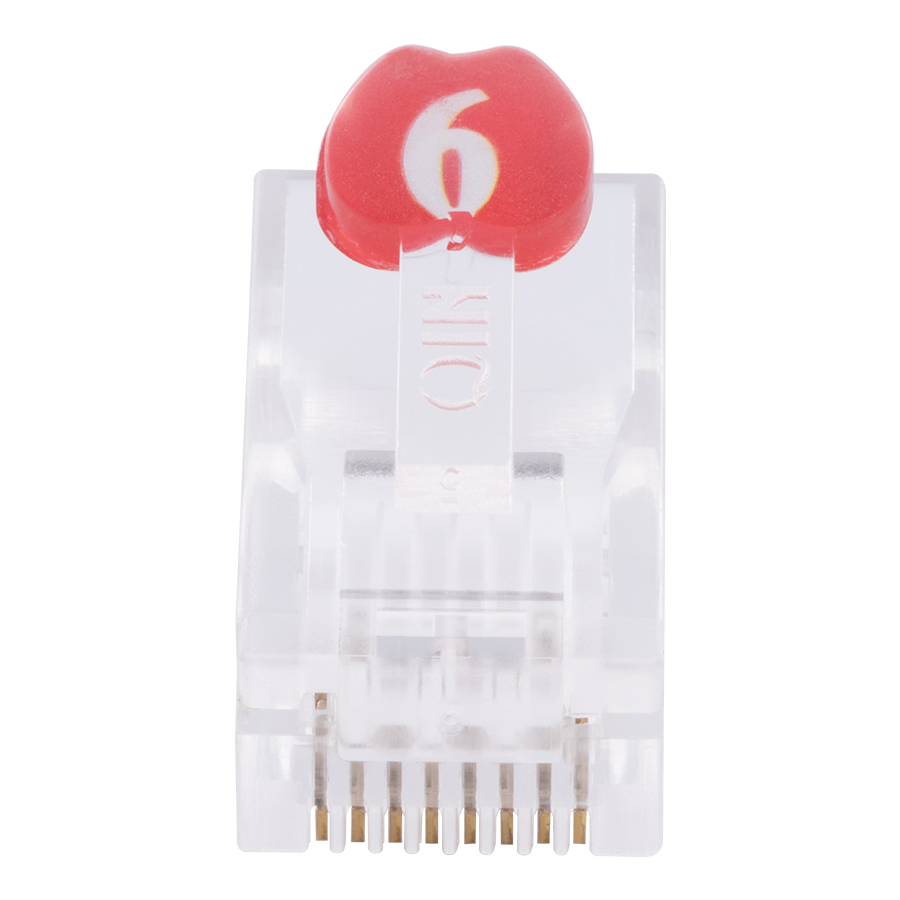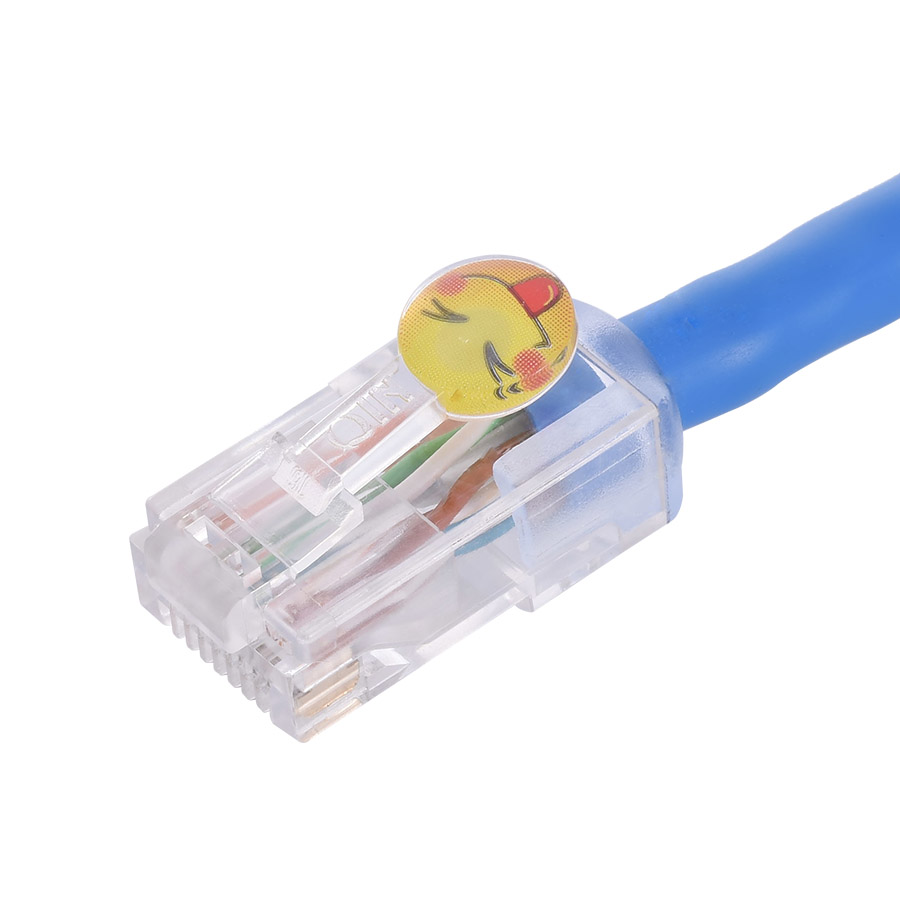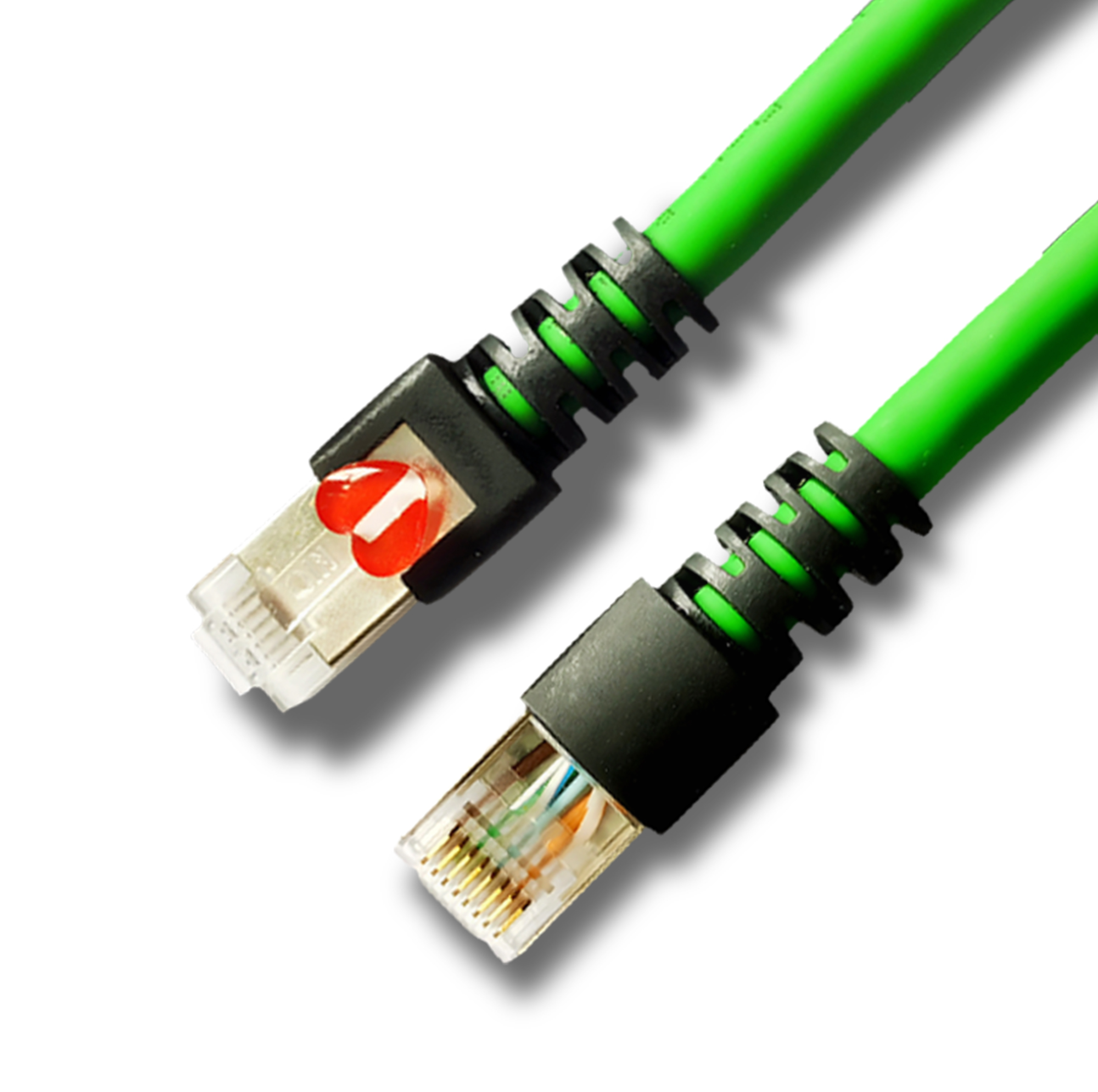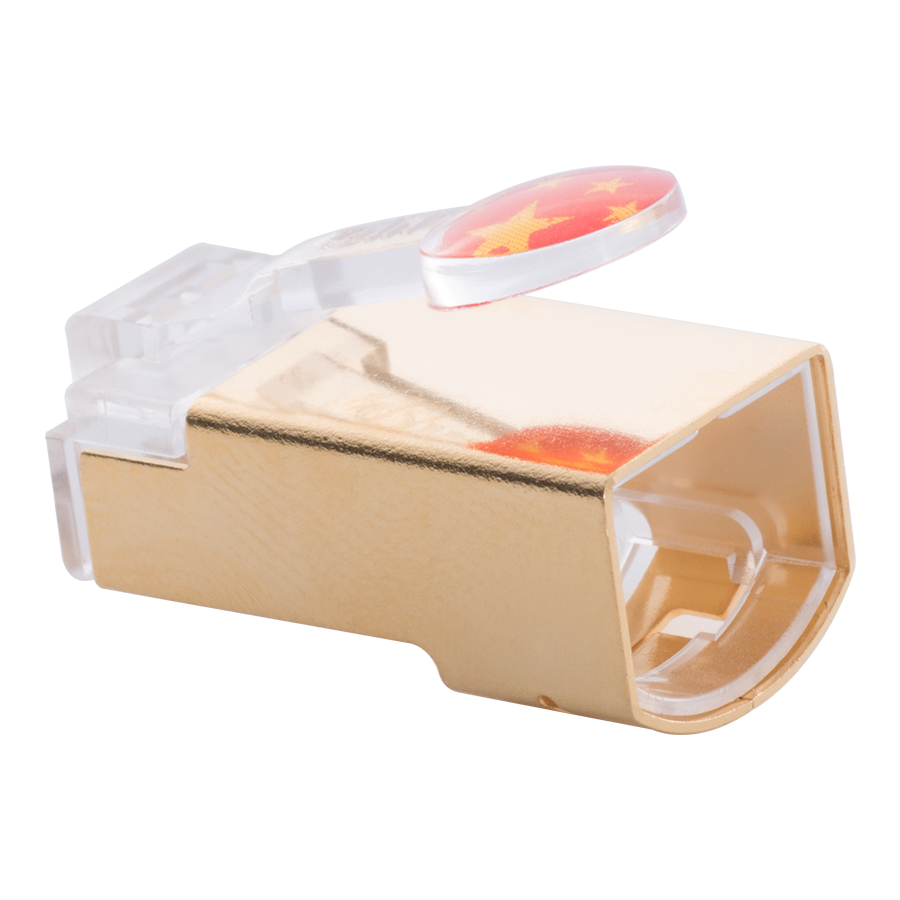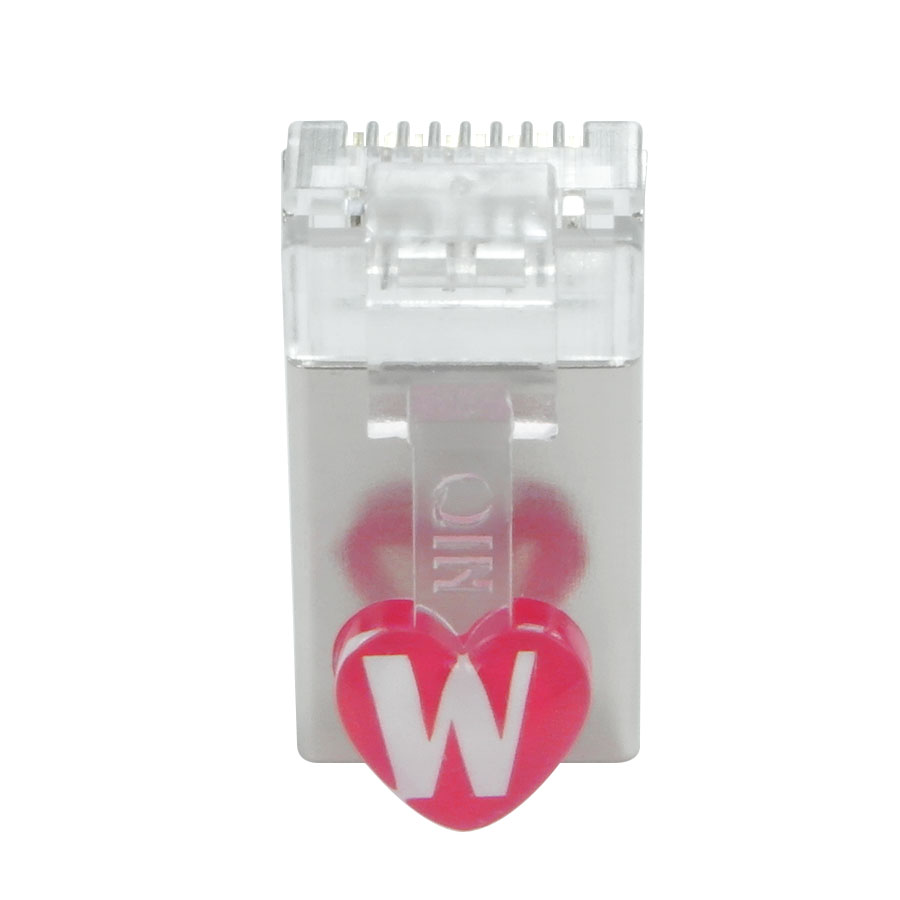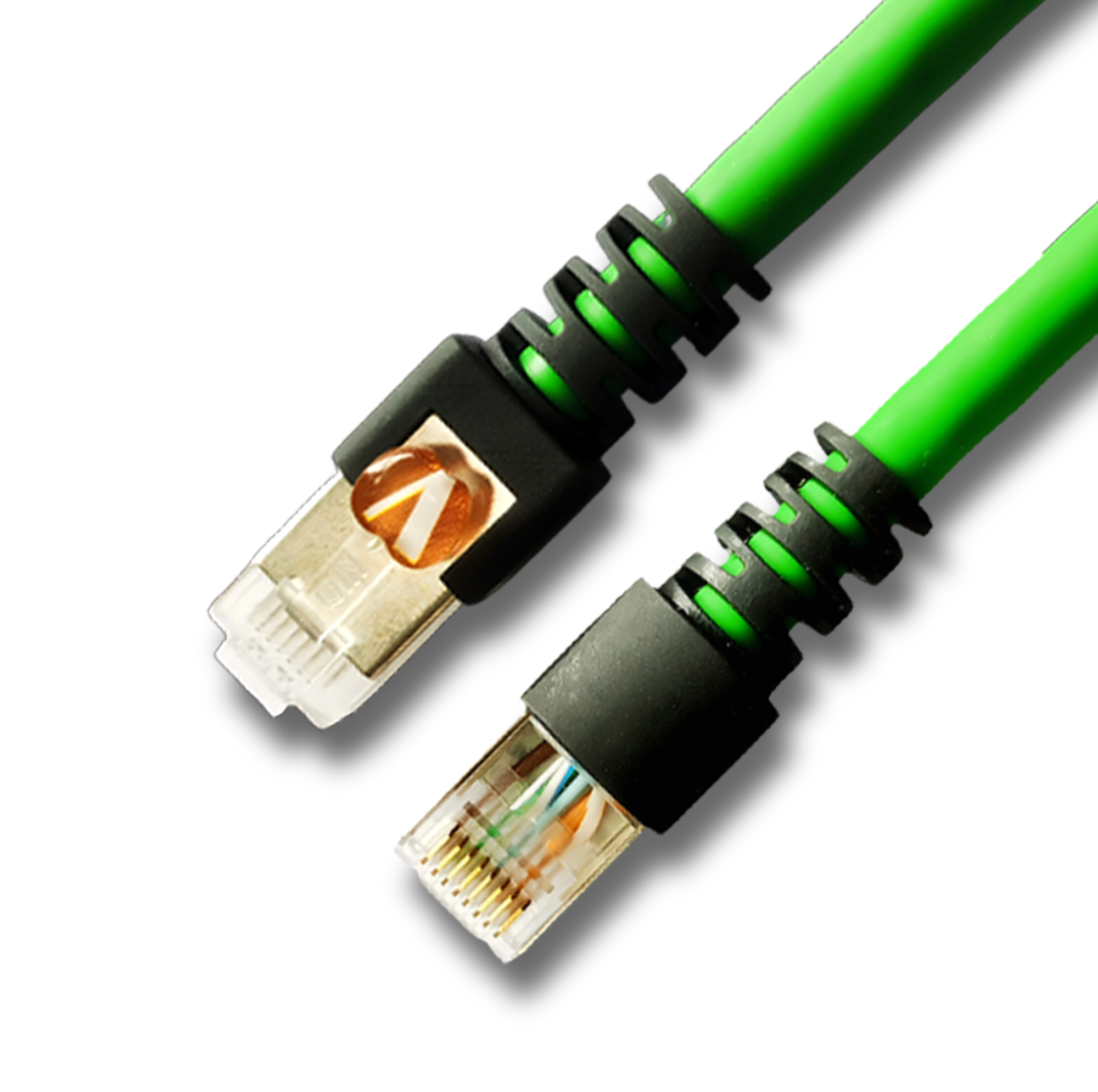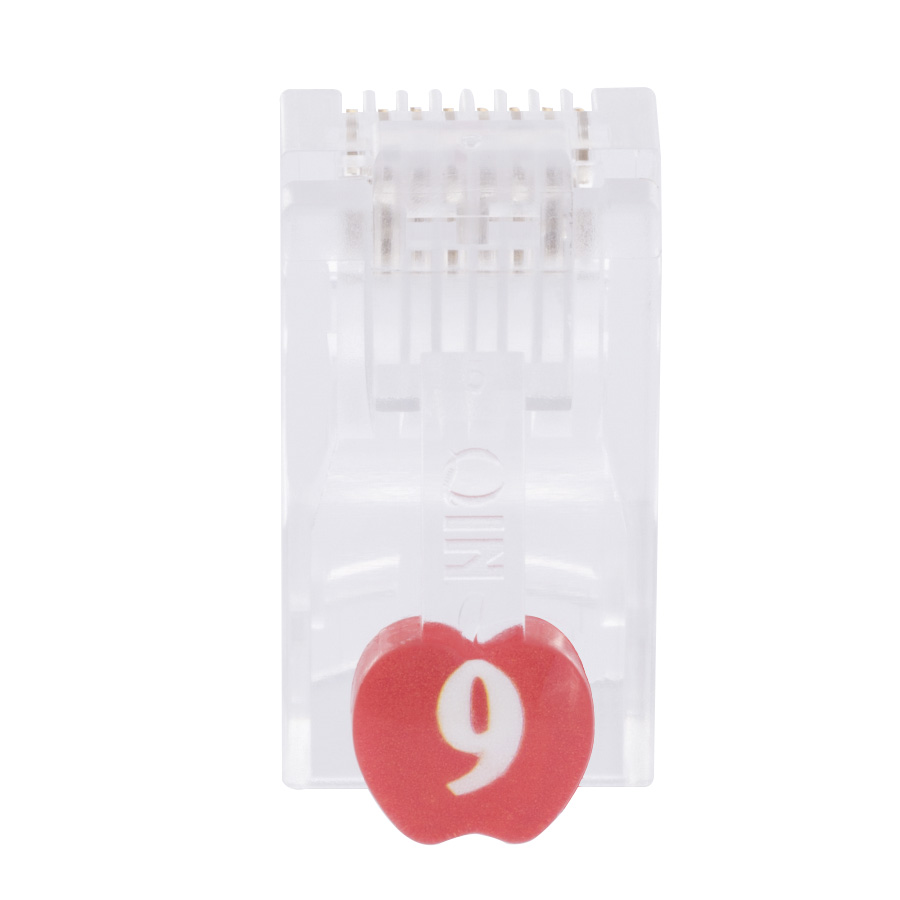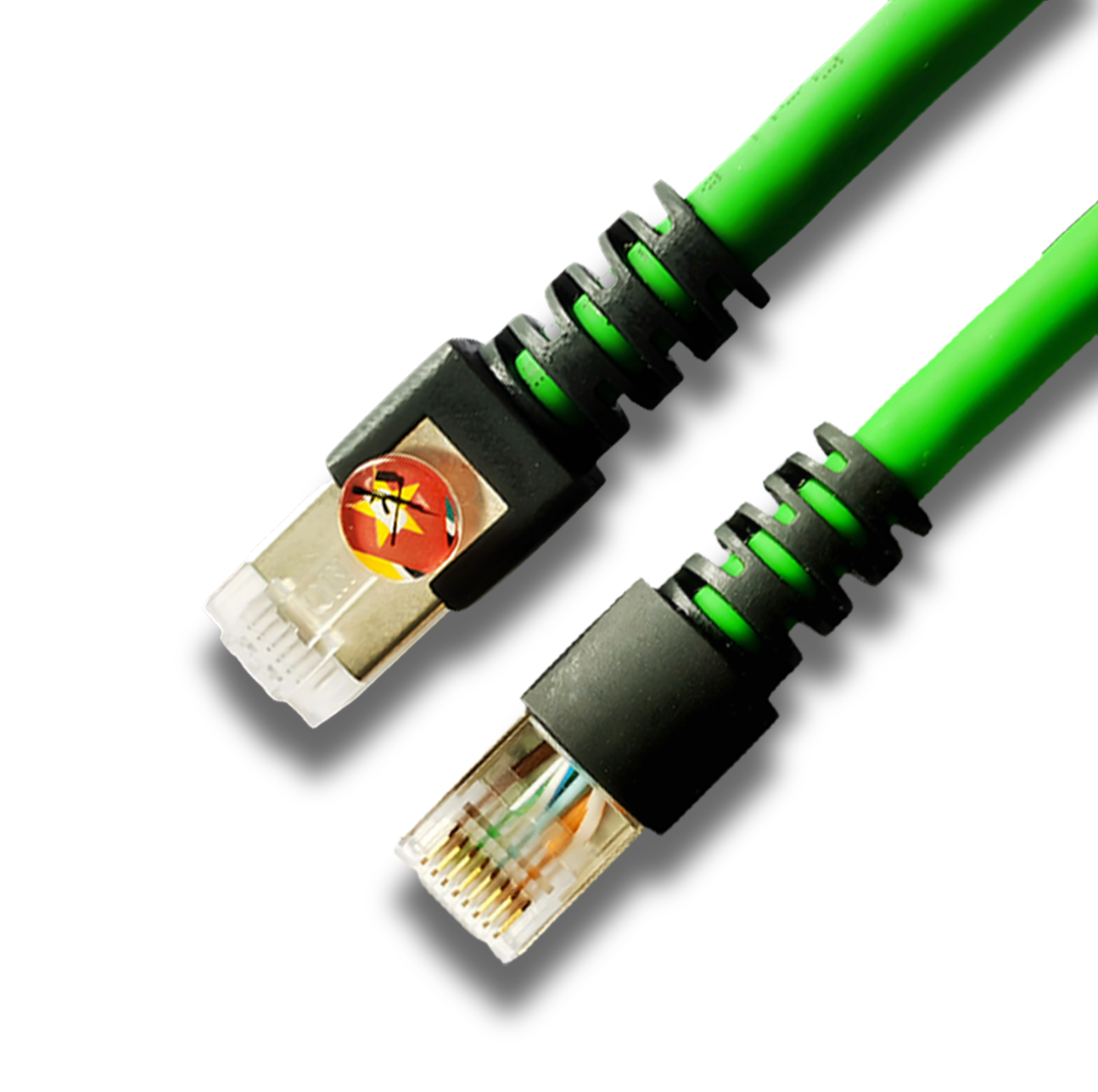- Language
Network Patch Cord Stranded Type
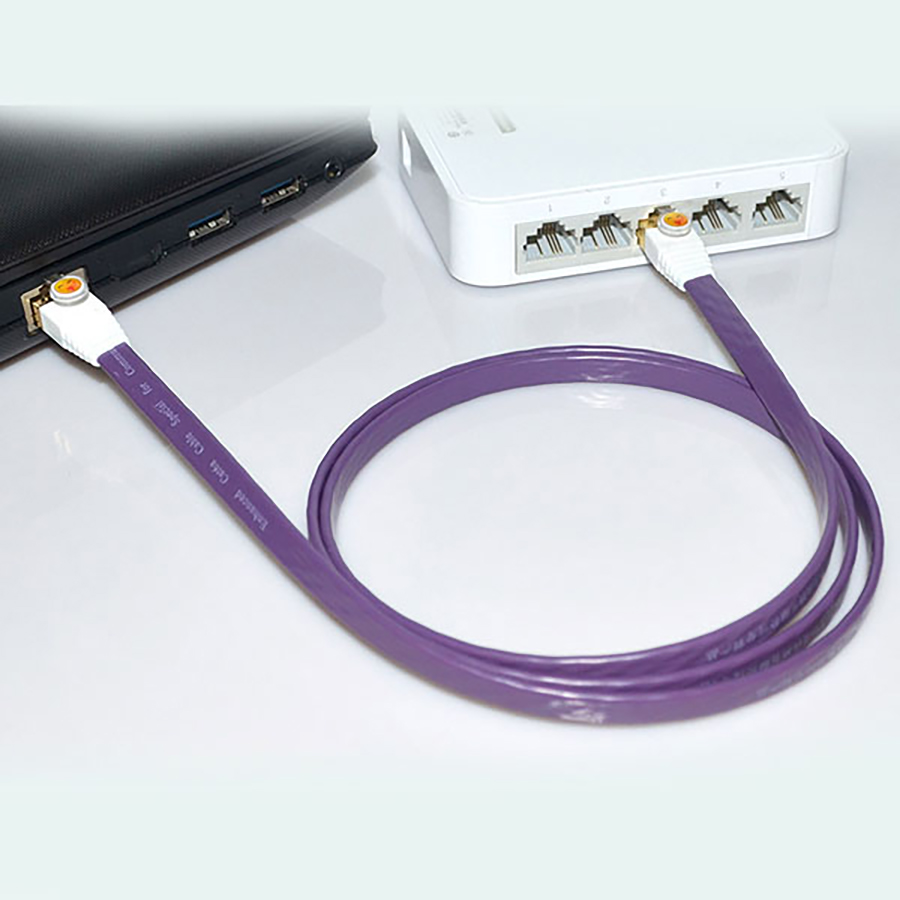
The network patch cord stranded type stands out for its flexibility and durability, making it a popular choice in a wide range of network installations where maneuverability and resilience are key requirements. Unlike solid - core patch cords, which consist of a single, continuous wire for each conductor, stranded patch cords are composed of multiple thin wire strands twisted together to form each conductor. This construction gives them unique properties that are highly advantageous in various networking scenarios.
The primary advantage of stranded patch cords lies in their flexibility. The multiple wire strands allow the cord to bend and flex easily without kinking or breaking. This flexibility is particularly beneficial in environments where cables need to be routed through tight spaces, around corners, or in areas with frequent movement. In network racks and cabinets, for example, where space is often limited and cables must be carefully arranged, stranded patch cords can be effortlessly maneuvered into position. They can be bent at sharp angles without causing damage to the internal wires, ensuring a neat and organized cable layout. This ease of routing also simplifies the installation process, saving time and effort for network installers and administrators.
In addition to flexibility, stranded patch cords offer enhanced durability. The twisting of multiple wire strands distributes mechanical stress evenly across the conductor, reducing the risk of individual wires breaking under tension or repeated bending. This makes them well - suited for applications where the cable may be subject to frequent movement, such as in mobile networking setups or environments where devices are frequently repositioned. In a home office, for instance, where a user might move their laptop or other devices around, a stranded patch cord can withstand the constant pulling and bending without compromising its performance or integrity.
Stranded patch cords are available in various categories, such as Cat5e, Cat6, Cat6A, Cat7, and Cat8, ensuring compatibility with different network speeds and applications. Despite their flexible and durable nature, they are designed to meet the same performance standards as solid - core cords. The use of high - quality copper strands in the conductors provides excellent electrical conductivity, enabling reliable data transfer at high speeds. The insulation and outer jacket materials are also carefully selected to protect the internal wires from physical damage, moisture, and environmental factors, further enhancing the cord's lifespan and performance.
However, it's important to consider that stranded patch cords may have slightly higher signal loss compared to solid - core cords over very long distances. This is due to the increased surface area of the multiple wire strands, which can lead to greater resistance and capacitance. But for most typical network applications, especially those involving shorter lengths within a local area network, this difference in signal loss is negligible. Overall, the network patch cord stranded type offers a practical and reliable solution for network connectivity, combining flexibility, durability, and performance to meet the diverse needs of modern networking environments.
Read recommendations:
Cat6 RJ45 Modular Jack For 24awg Cat6 Ethernet Cable Wall Plate 90-Degree Punch Down Keystone Jack
1000x800x42U Server Cabinet, Floor Standing Cabinet with Glass Front Door
